During the 2020 Formula 1 season, there were countless stories told, but inevitably there are still some questions outstanding at the end of the year.
The Race has brought you coverage of all of these, and more, but the off-season gives us the chance to revisit with extra detail some of these big questions that never felt like they were quite answered at the time.
Here are seven such mini-mysteries that we can reveal the full answers to. But join the discussion in the comments if there are other questions you would like answered about exactly what happened on-track in 2020.
What was Mercedes’ Austria reliability worry?
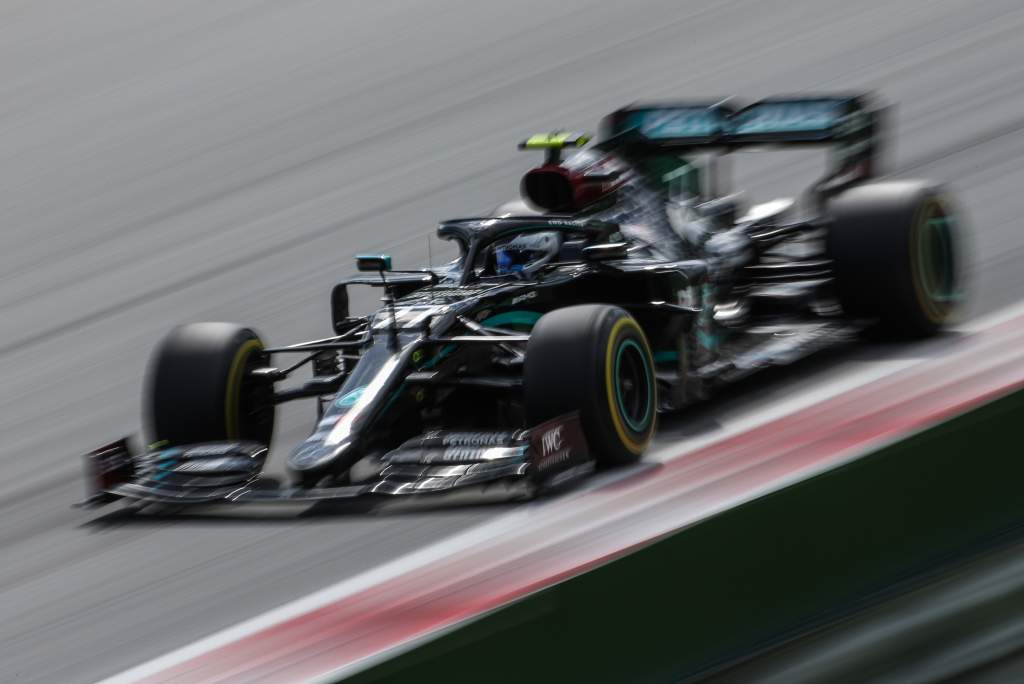
The big story of the first race of the 2020 season was the Mercedes drivers being warned to stay off the kerbs in the Austrian Grand Prix amid the team’s insistence that their situation was ‘critical’.
At the time it was clear that this was down to sensor concerns, with a build-up of “electrical noise” cited. But there was still an element of mystery around the situation.
The Race asked Mercedes technical director James Allison to explain what happened in detail.
“It was enough to make the thing shake itself to pieces” :: James Allison
“We had increased the length of the input shaft a little bit, we’d moved the engine forward a bit so the input shaft was a little bit longer, the bellhousing was a bit longer in the box and that meant the shaft had a bit more whip on it,” Allison said.
“You’d be surprised how much these things move when you put a high-speed camera on them. So the shaft, as it goes into the gearbox, was moving around a bit more than before, causing more aggravation to the stuff at the front of the engine.
“The car’s covered in breakout boxes, where a bunch of wiring looms come together and have a little electrical manifold of connectors on them where you can connect the looms that then disappear off around the car to various sensors.
“They come together in these breakout boxes that then hook into the main backbone of the car’s electrical system.
“The breakout boxes are ordinarily busy little things because they house a bunch of connectors around their perimeter. And internally, all the wiring on the back side of those connectors has to be bundled up neatly, then emerge down into the main looms.
“We’re forever pushing the electronics guys to make the breakout boxes smaller than they are comfortable with so that we have more volume for packaging.
“And we got a bit too brave with the size of the breakout box on a layout that was inherently being shaken up a bit more than it was in previous seasons because the input shaft was a bit longer and a bit more whippy.
“It was enough to make the thing shake itself to pieces. We hadn’t seen it in winter testing, largely because we were lucky – or unlucky depending on your perspective.
“I’d say unlucky, that’s what you’d hope winter testing would show you, but we hadn’t been interrupted by it.
“And then we had a very scary weekend with it in Austria where it was evident on both cars that services from that breakout box were gradually shutting down.
“We were down to the last of the gearbox rotary pot sensors that tells you what position the gearbox selector is in.
“We have back-up channels – the potentiometer doesn’t just have one channel on it – and we were down to the last of the surviving channels on both cars. And with it looking spiky and looking like it was going to fail at any moment. So we did limp across the line that first race.
“We managed to get an ugly, but functional, modification for the following race that basically just took that whole breakout box out of the picture for the two channels we really cared about.
“Then, later on in the season, we made a box that was probably more reasonably sized and able to contain the spaghetti neatly.”
DID BOTTAS START THIRD AT SOCHI ON PURPOSE?
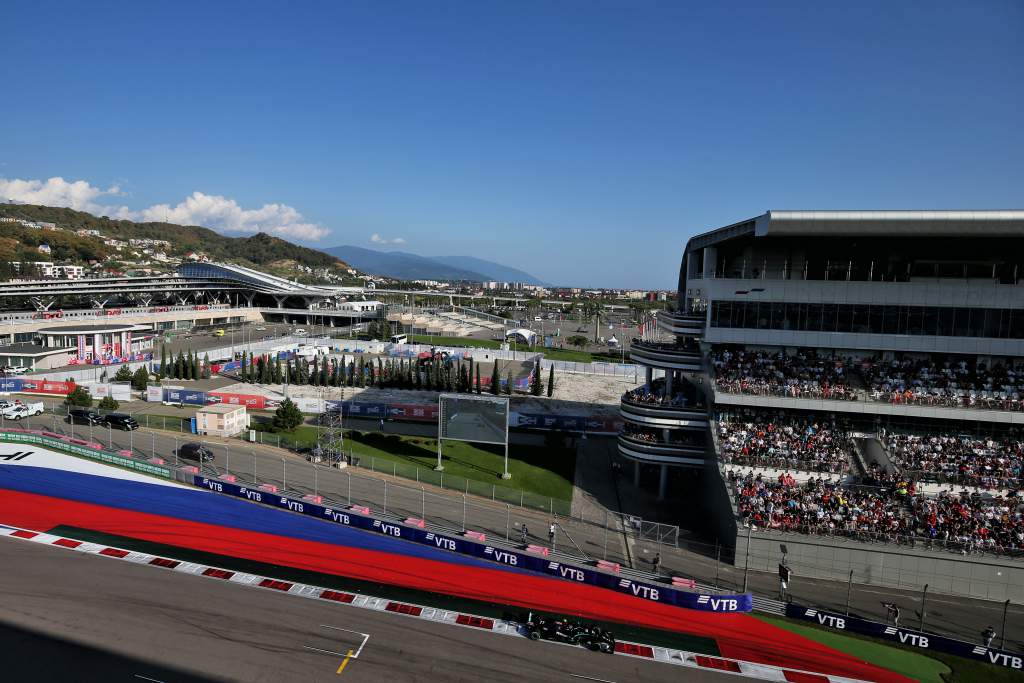
Valtteri Bottas had a huge deficit to team-mate Lewis Hamilton on his final run in qualifying for the Russian Grand Prix, a gap so big Max Verstappen was able to park his Red Bull in it.
Afterward, Bottas reeled off a list of minor discomforts, and seemed to admit “I don’t really get why I couldn’t match Lewis’ times in Q3”.
But then he signed his answer off with: “A few question marks from me about what really happened – or maybe I was just playing games and wanted to start third.”
At the very least, this was an example of rare internal tension
This felt like a tongue-in-cheek comment, and Bottas simply making light of a poor qualifying by joking he was at least in the best place for the race because he would benefit from the huge tow down to Turn 2.
But it might have been a genuinely engineered situation by Bottas after all.
The message Bottas received from his race engineer after qualifying did not carry the kindest tone after he was beaten by Verstappen to start second.
“Verstappen can thank you for the tow, and I believe you’re in the best position to start tomorrow,” Bottas was told.
It meant little in isolation and was mostly missed at the time. And it might be too much of a stretch to connect the dots this way, but there was almost certainly some needle behind-the-scenes over Bottas’s qualifying antics at Sochi.
Bottas (on his flying lap) passed Verstappen (on an out-lap) with just two corners left. So after he crossed the line Bottas was hurriedly told to let Verstappen go and not give him a slipstream down to Turn 2.
Reviewing Bottas’s onboard lap, it doesn’t seem like he made much effort to back out of it. Hence the message from his engineer.
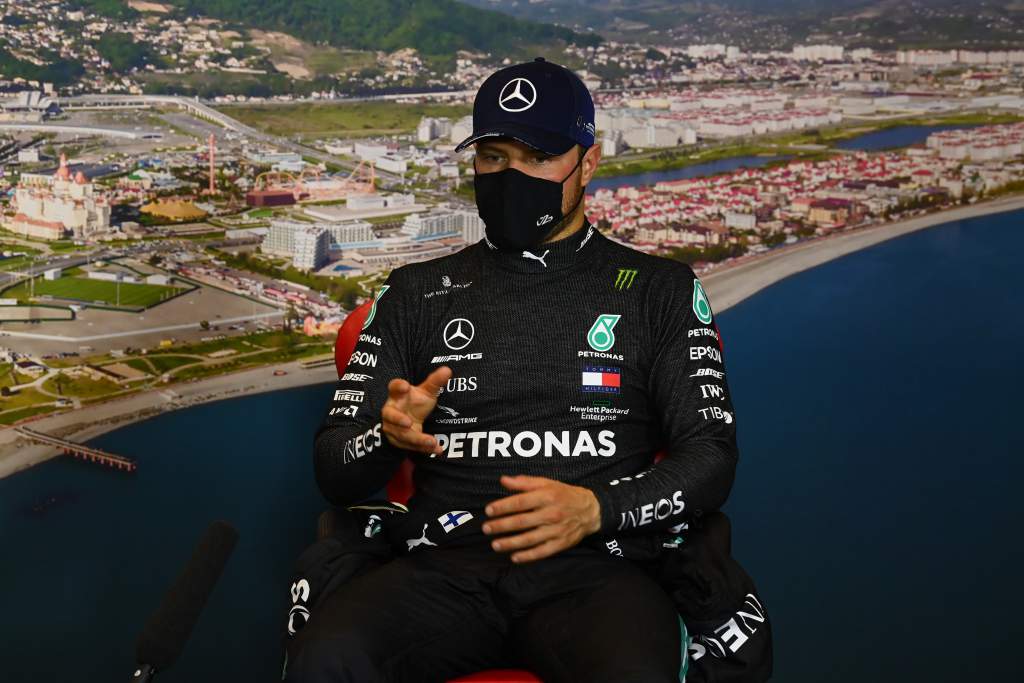
Ferrari had shown in 2019 that manipulating the tow down to Turn 2 was crucial. In fact, Bottas has benefitted from it in the past. It seems unlikely that this was premeditated from Bottas but it was potentially a rare example of opportunistic selfishness in the moment.
If so, Bottas sacrificed Mercedes’ ultimate control of the situation (having both cars on the front row) to benefit himself. Since Nico Rosberg retired it has been extremely rare that a Mercedes driver has acted in any way other than the best interests of the team.
This might also explain Bottas’s highly-charged post-race reaction to winning the grand prix: the reprisal of his “to whom it may concern: fuck you!” message.
At the time it felt extremely over-the-top. Maybe his motivation was completely separate, not because of internal criticism for his Saturday actions. But at the very least, this was an example of rare internal tension.
What was Grosjean’s bizarre Portugal suspension problem?
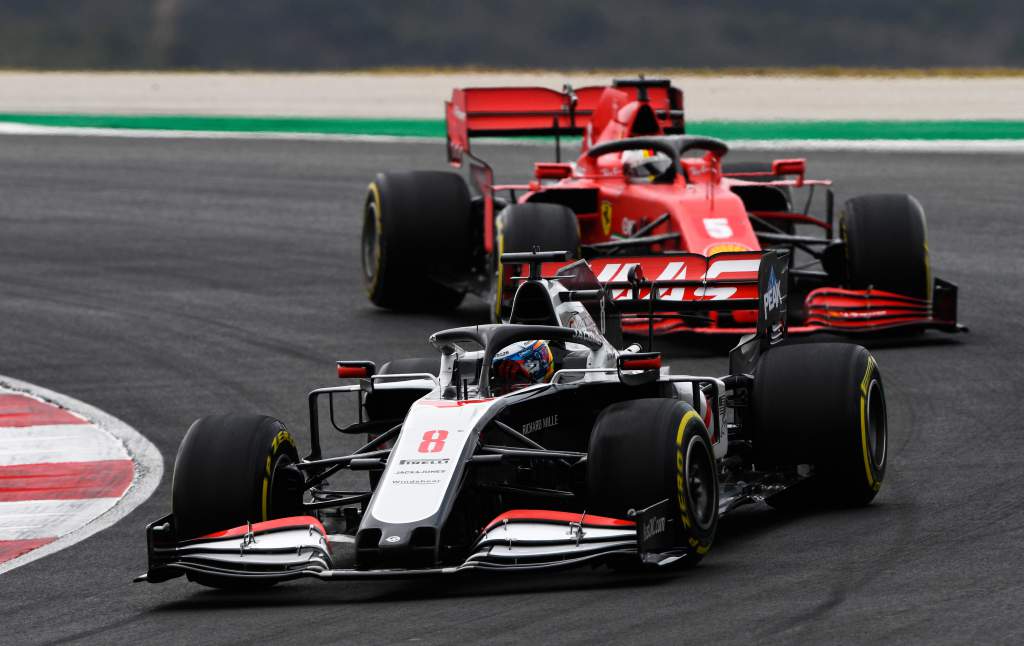
After qualifying 18th for the Portuguese Grand Prix, Romain Grosjean complained about a problem with overheating at the rear of the car that was causing ride-height inconsistency.
While this problem had been evident earlier in the season as the Haas team was working to get on top of the thermal management of its hydraulic systems, it was far worse in Portugal for Grosjean than anywhere else.
As Haas head of aerodynamics Ben Agathangelou explains, the Portgual problem was thanks to an assembly error.
“Unfortunately for Romain that particular event, there was a dysfunction of some of his cooling solutions,” Agathangelou told The Race.
“There was an error in one of the assemblies, so he didn’t get the level of thermal management on some of the systems that are associated with the rear suspension.
“He had the misfortune of having some of that improvement in a dysfunctional state” :: Ben Agathangelou
“Given the heat soak that a car experiences, if you don’t have an active control on the thermal management of the hydraulic systems in the rear suspension, then you inevitably get fluid expansion and that gives you a modification of rear ride height.
“That is particularly noticeable when you’re going through a qualifying regime, for example, where you start with a cold car, and then from lap to lap, the car’s heating up.
“And if you haven’t got the thermal management system under control, you end up with a diverging platform, which obviously then has a different aerodynamic characteristic because you’re changing the pitch of the car.
“Someone like Romain is very sensitive to it, and rightly points out that it was a problem for him.
“The work’s been going on through the year to refine those kinds of internal flow management issues – and actually, a good handle has been taken on it.
“But in that particular event, he had the misfortune of having some of that improvement in a dysfunctional state. So it worked against him, I’m afraid, and he was right to comment on it.”
What was the story behind Gasly’s ghost engine change?
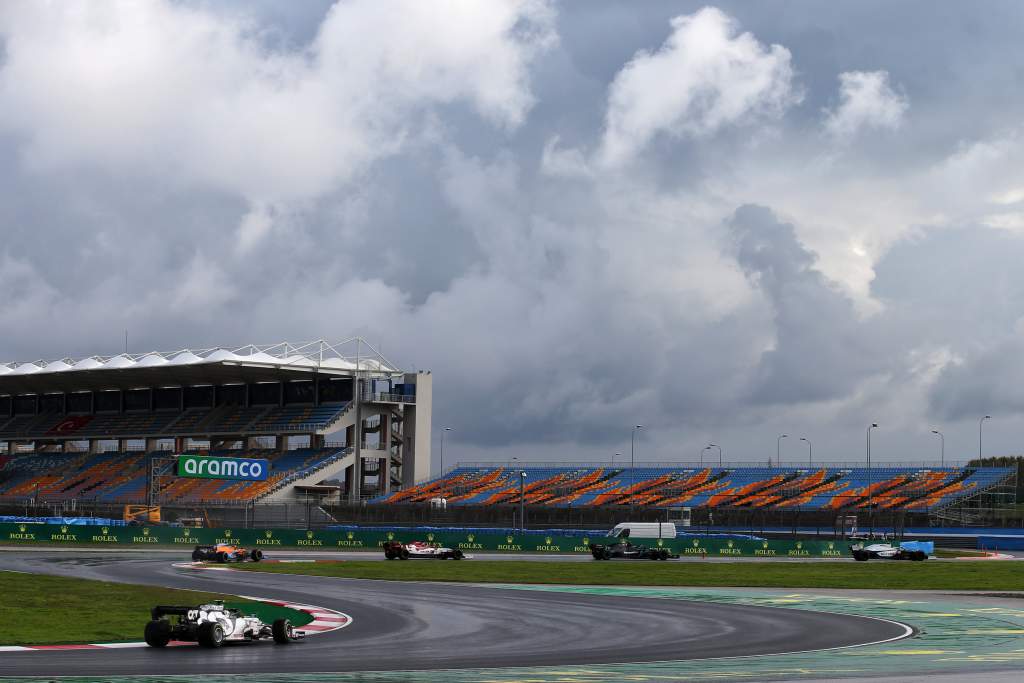
Pierre Gasly was given a back-of-the-grid penalty that led to him starting 19th in the Turkish Grand Prix as punishment for an engine change that never happened.
This was the source of some confusion at the time, which started on the Sunday morning.
“The car was disassembled to a stage where it is impossible for the scrutineers to guarantee that no modification has been carried out” :: Stewards’ statement
FIA technical delegate Jo Bauer sent a report to the stewards about AlphaTauri reversing a planned engine change on Gasly’s car.
This raised the question of whether the engine change had been made for strategic, rather than mechanical, reasons – as well as the fact that it was impossible to be sure that no change had been made to any components. After all, AlphaTauri had started work on the change before refitting the parts.
“During that work the team ultimately decided not to change the PU and ultimately reassembled the car with the original PU,” said the stewards’ statement after issuing the penalty.
“Per the report of the technical delegate, the car was disassembled to a stage where it is impossible for the scrutineers and other supervision means in place to guarantee that no modification to the car has been carried out to any component by disassembling and refitting the original items.
“This is normally not an issue because of the mandated penalty for such a change.
“The stewards determine that the specified penalty for the authorised work in parc ferme is in effect from the time the change was started, notwithstanding whether or not the PU change was ultimately completed.”
At the following event in Bahrain, Honda’s Toyoharu Tanabe explained what happened.
Gasly had struggled in the wet conditions in qualifying in Turkey and ended up 15th, so the team initially decided to take an engine change penalty, which only cost four positions given Williams driver George Russell also had a grid drop that would keep him behind.
But penalties for both McLaren drivers would have bumped Gasly up to 13th on the grid, leading to AlphaTauri deciding to reverse its decision.
“Following the failure on Pierre’s PU at the Portuguese Grand Prix, we discussed and then decided to change the PU if he did not qualify well,” said Tanabe.
“We submitted the change request to the FIA and then it was approved. And then later his starting grid was improved by the others’ penalties.
“We changed our mind and then reported to the FIA. Unfortunately. we already touched some of the parts to change the PU so in the end we got the penalty.”
Gasly finished 13th in the race, with both AlphaTauri drivers struggling to get the tyres to work in the intermediate conditions.
Why did Verstappen’s Imola tyre failure happen?
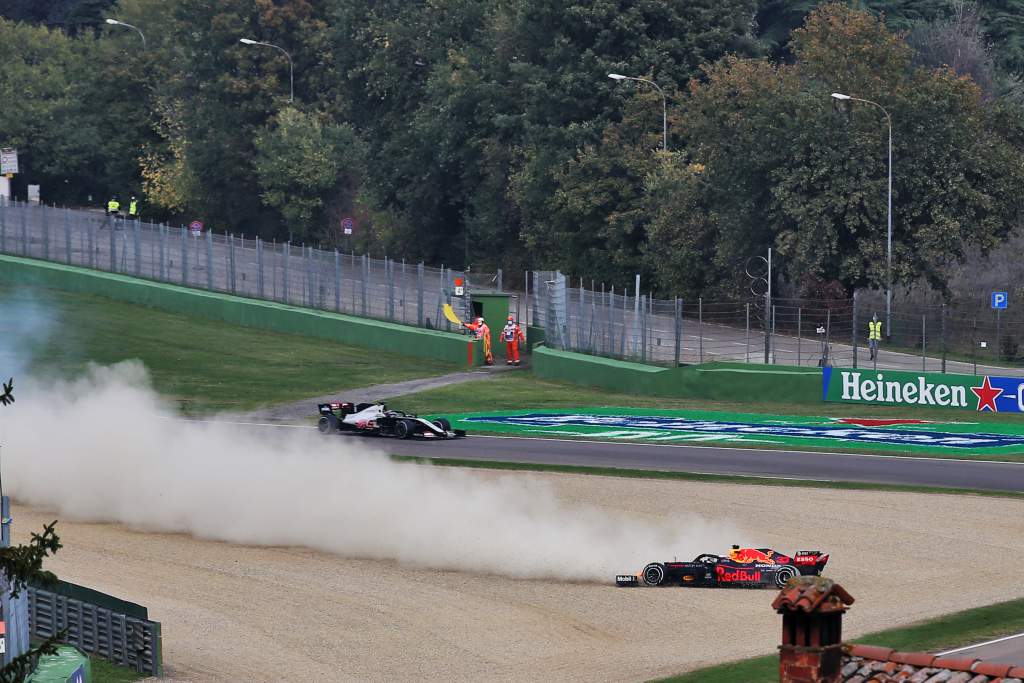
Max Verstappen was on for a strong second place in the Emilia Romagna Grand Prix at Imola when his rear-right tyre failed in the closing stages of the race and pitched him off the track.
As is standard procedure, Pirelli collected up the remains of the tyre and took it back to analysis in its Milan laboratory and eventually concluded that it was external damage that caused the failure.
“What we found was there were several cuts on the tyre and, at the beginning, we were convinced that there was a cut on the shoulder that was responsible for the failure,” said Pirelli F1 boss Mario Isola.
“Then, with additional investigation, we realised that the best assumption was that the cause of the failure was in the centre of the tread because we found one the carcass plies a cut that was not following any element of the construction. So it was a cut that is clearly from an external factor cutting the carcass and damaging the belts.
“The belts started to separate from the carcass. That’s why if you look at the images you see on the inside shoulder a small part that is moving.”
Race winner Hamilton was complaining of serious vibration from his rear tyres for several laps before Verstappen’s failure. The vibrations are often early warning of failure, but with Hamilton leading and Verstappen in his pitstop window, Mercedes couldn’t bring Hamilton in because that would potentially have lost it the race.
All it could do was hope the tyre held on. But when Verstappen’s failed and dumped him in the gravel, it allowed Hamilton to be brought in for replacements.
Isola later explained that Mercedes’ worry was caused by a “bubble on the inside shoulder” of the tyre that was worsening, although the exact origin of this – whether it was external damage or something emerging from the tyre itself, was unclear.
How did Hamilton win on ‘slicktermediates’?
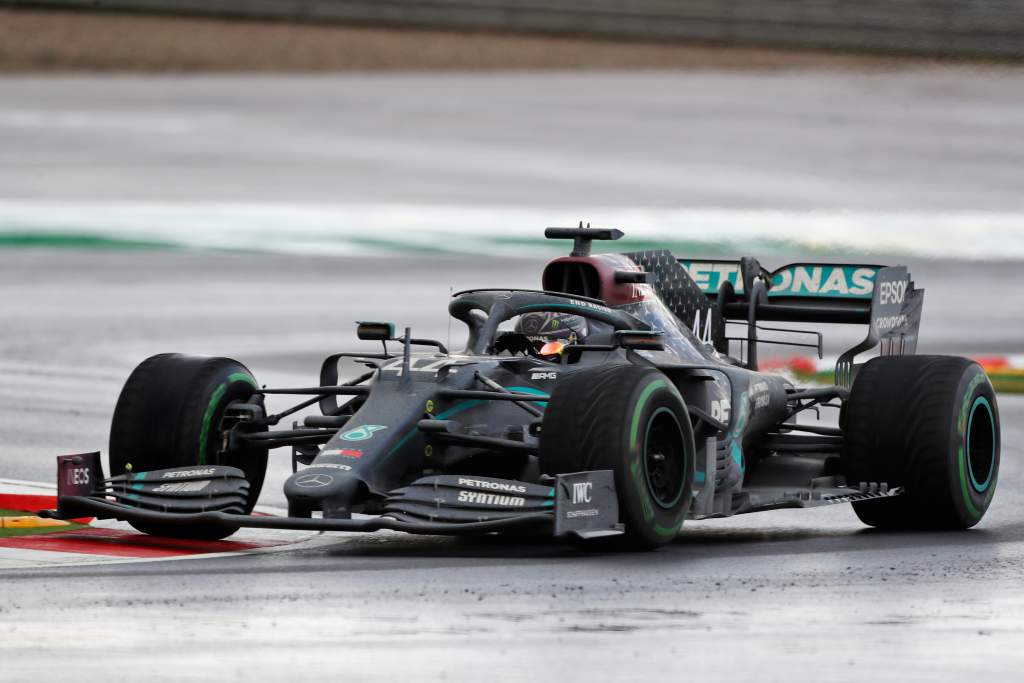
With Hamilton having struggled in qualifying for the Turkish Grand Prix and started sixth before coming through to win on a one-stop strategy, with intermediate tyres that looked bald, many were amazed at how the Mercedes driver had pulled off this victory.
It was quite a long way into the race before it became apparent that this race was not going into slick tyre territory and that it was going to be inters throughout.
Hamilton had been helped to understand this before it was too late by his car needing around seven laps of running before the inters reached temperature. So his tyres hadn’t been pushed as hard as the intermediates on the Racing Point and Red Bull, which had reached temperature far quicker.
But it was still Hamilton who nailed it. Lance Stroll was looking great until switching to fresh inters when the track was way too dry for fresh ones, as it turned out. Their greater tread meant they grained almost immediately.
Used inters, which had not been over-used but brought in gently, were perfect. So you needed in hindsight not to have taken too much out of your first set of inters – so that you could get them to the end and not have to put on the unsuitable fresh inters.
After the race, many suggested it confirmed F1 is more unpredictable and exciting with lower grip levels, but Mercedes technical director Allison rightly pointed out that reason really lay with the tyres.
“The reason the race was exciting is because different people looked competitive at different times of the race, because they were using the rubber at different rates,” said Allison.
“You could look like an absolute star and then your star could burn out very swiftly. That’s what made it exciting, it was the different phase of the competitiveness, which has got nothing to do with the grip level. It’s the waxing and waning that made it exciting.”
Could Verstappen have avoided that Sakhir GP wall?
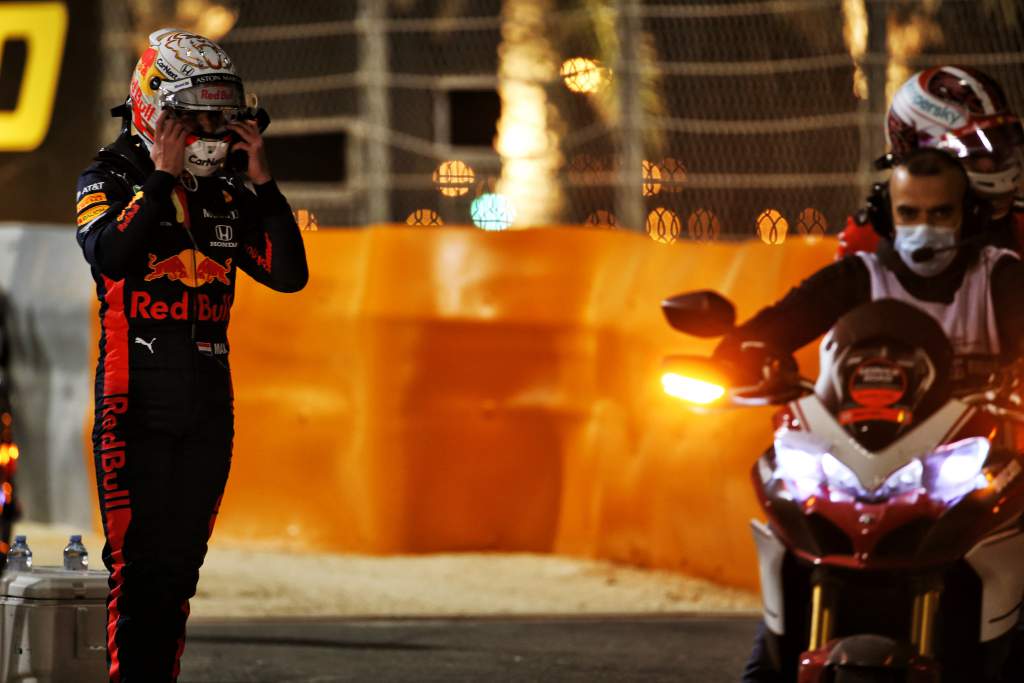
Verstappen might have won the Sakhir Grand Prix, had he lasted further that Turn 4 on the opening lap.
While Sergio Perez was the initial victim of Charles Leclerc’s reckless overtaking move, Verstappen ended up in the wall as a result of taking evasive action.
Once on the run off, Verstappen did briefly attempt to get back on the throttle to rejoin the track but was caught out by the presence of the gravel and hit the wall.
But could he have avoided oblivion had he stayed off the throttle and continued to try and slow the car?
“I didn’t see the gravel,” explained Verstappen a week later in Abu Dhabi.
“But I couldn’t have done anything else because if I would have tried to brake more and tried to wait for Checo [Perez] to stop spinning, I would have probably got hit by Charles because his wheel was hanging off.
“There was nowhere to go. It was just super unlucky that there was a bit of gravel and why I just understeered into the wall.”
It’s impossible to be sure if there was a way out, and there’s every chance Verstappen is right.
What’s more, the crash was caused by Leclerc’s move rather than his own misadventure. But it will remain a fascinating and untestable ‘what if?’.








